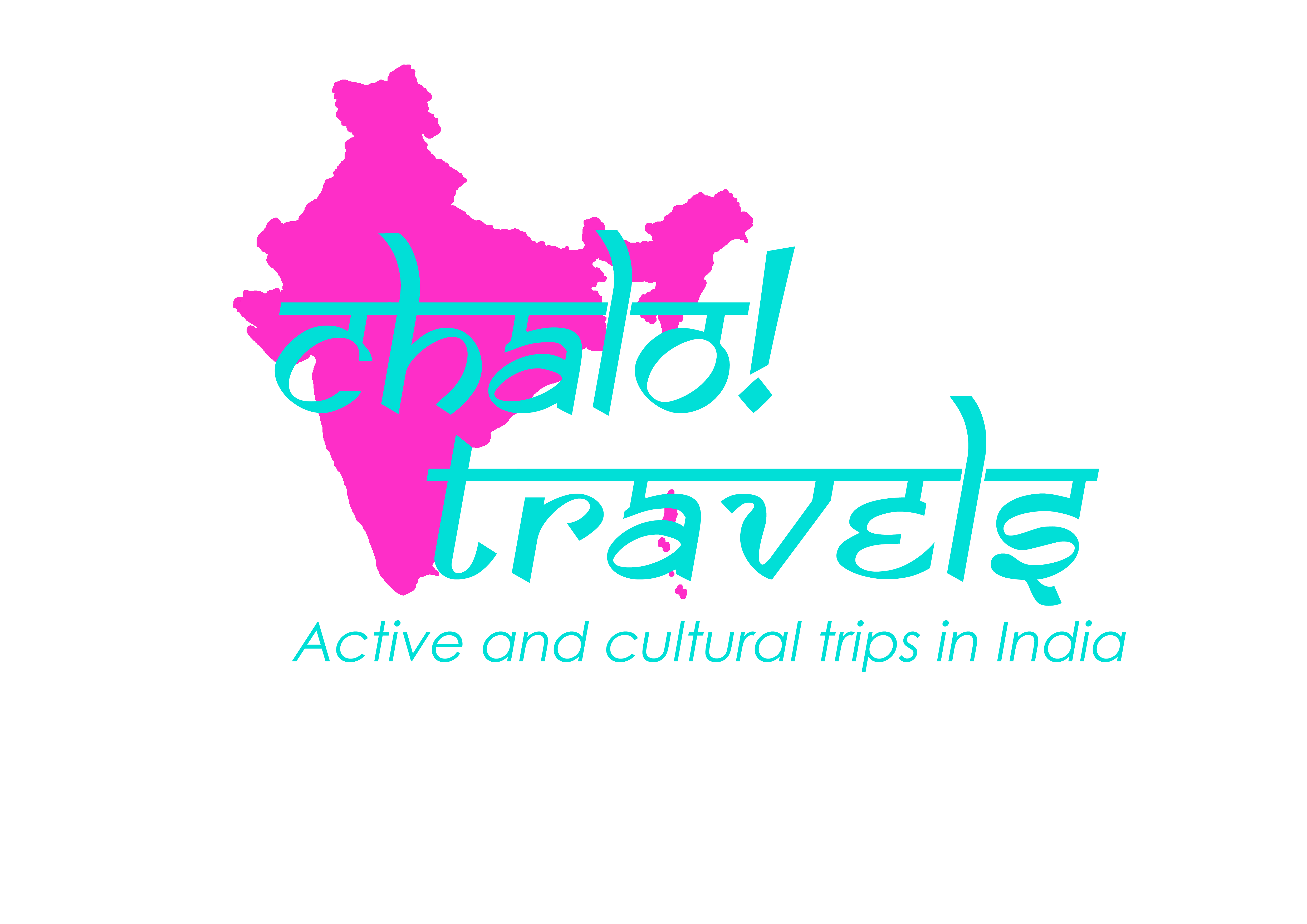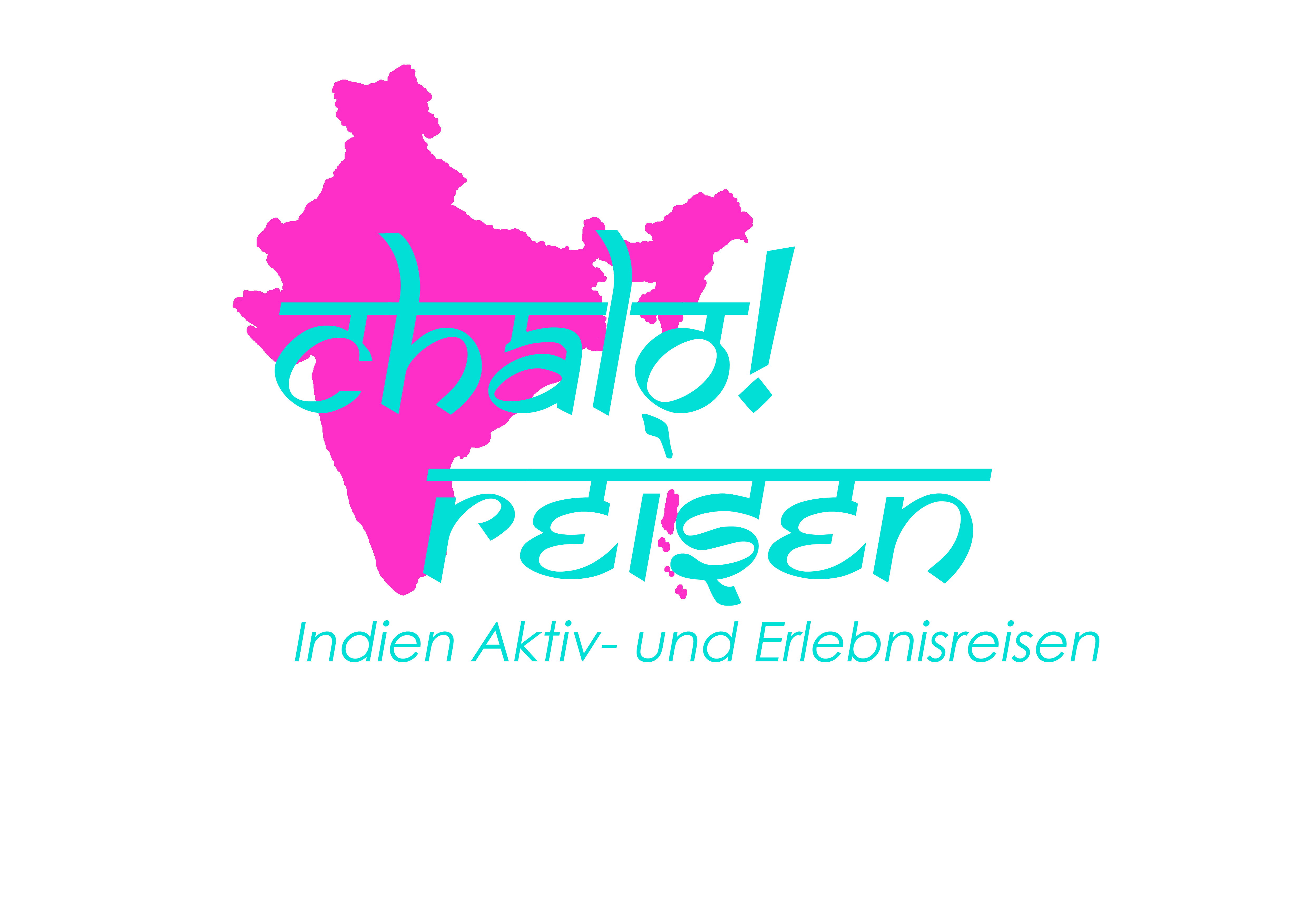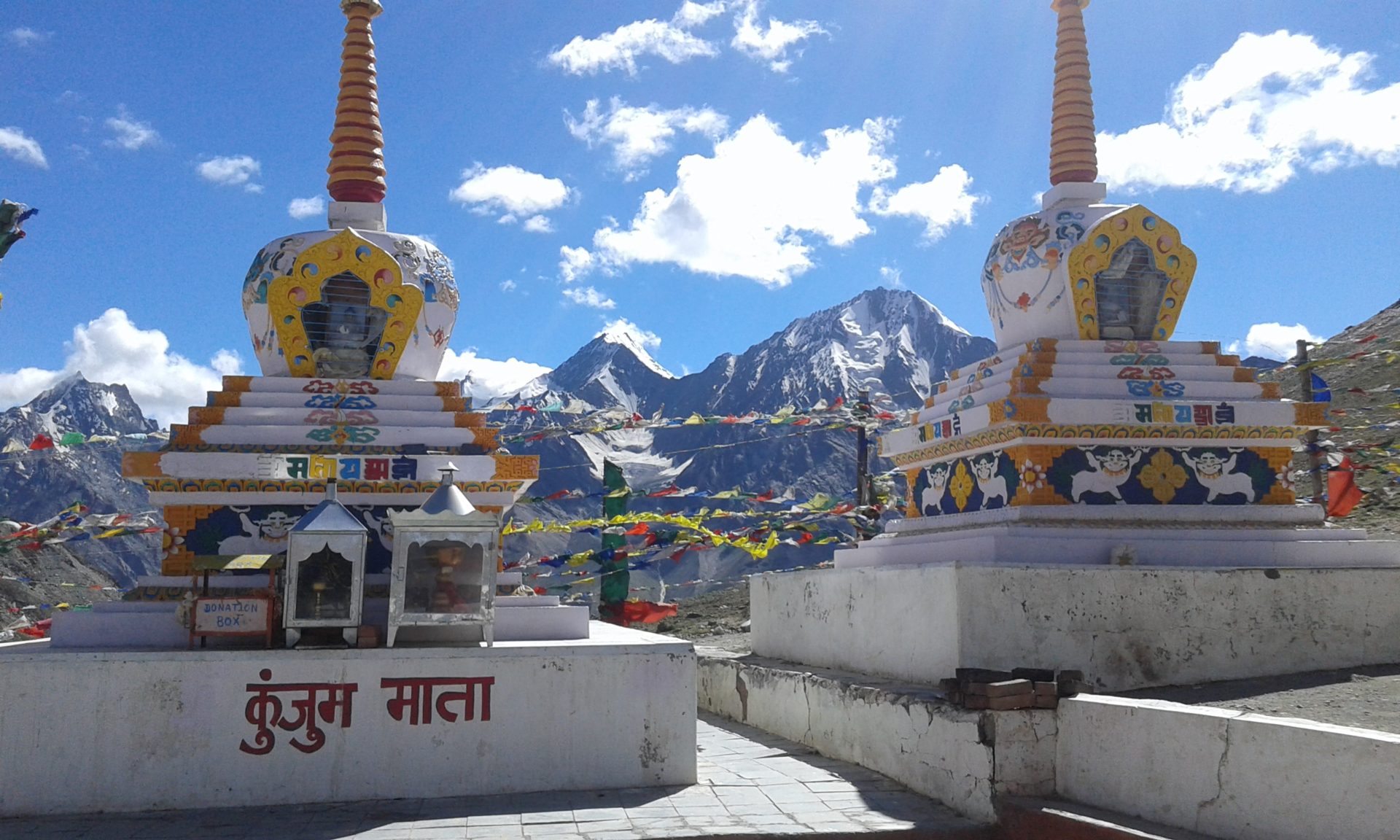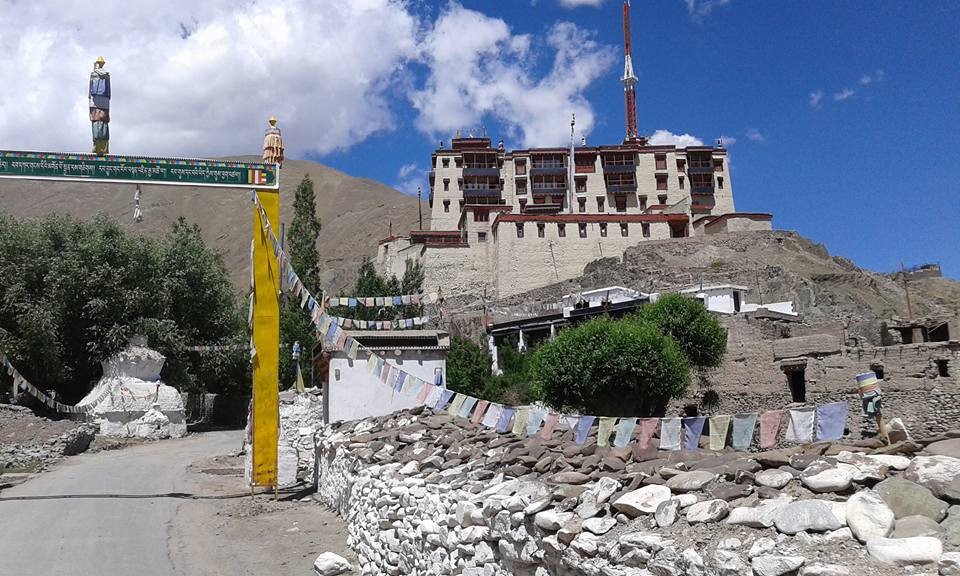- Aktive Kultur Reisen
- Kultur Reisen
Overview
A classic jeep safari through almost the entire Western Himalaya Region of India. We begin our tour in Amritsar, the city of the Golden Temple, and continue our journey to the Dalai Lama’s (Mcleod Ganj) seat of government. Then we continue to Shimla, once the summer capital of the British, now a popular holiday destination for Indians. Afterward, we reach the secluded high mountain valleys Spiti and Kinnaur in the western Himalayan region. It continues over the highest passable passes in the world all the way to Leh. Here in Ladakh we visit the most beautiful Buddhist monasteries and enjoy the barren mountains. Crossing the high passes offers us spectacular views of snow-capped mountains, rugged rocks and ancient glaciers. During the tour, we will visit many lonely valleys and small traditional villages.
Program
Day 1 Delhi to Amritsar
We drive to Amritsar by train or car for about 6 hours. Amritsar is the spiritual center of the Sikhs and their holiest site, the golden temple, attracts the most tourists in India. After visiting the temple, head to the nearby border with Pakistan. Here we look at the border closure ceremony. (Overnight stay in the hotel) -/-/-
Day 2 Drive to Dharamsala/Mcleod Ganj
It’s a four-hour drive to the Himalayas. Dharamshala is a mountain resort that nestles on the Dhauladar Himalayan mountain range. Since 1960, it has been the temporary seat of the Dalai Lama’s government and the new home of many exiled Tibetans. Dharamshala gained fame and is also known as “the little Lhasa in India”. It is a popular destination for those who want to study Tibetan Buddhism, culture and art. (Overnight stay at the hotel) B/-/-
Day 3 In Dharamsala
We visit the Tibetan monastery and its museum. Then we walk to Bagshu to a waterfall and the Baghsunag temple. Later we go to Sant John’s Church. (Overnight stay at the hotel) B/-/-
Day 4 Dharamsala to Shimla (260 km/ 9 hours)
Shimla is the capital of Himachal Pradesh and was declared the summer capital of the British Raj in India. The mountain station is a popular tourist destination for Indians as well as foreigners and is often called “The Queen of the Mountains”. At an altitude of 2205 meters and surrounded by pine forests, rhododendron and oaks, Shimla has pleasant summers and cold, snowy winters. The city is famous for its Tudor and Neo-Gothic buildings. (Overnight stay at the hotel) B/-/-
Day 5 In Shimla
Today we explore Shimla and visit the “Indian Institute of Advances Studies”, the Jakhu Temple with its large Hanuman statue on the highest point of Shimla and the British Viceroy. (Overnight stay at the hotel) B/-/-
Day 6 Shimla to Sarahan and visit of the Sun Temple (175 km/ 7 hours)
First we go to Narkanda, a popular winter sports resort and a must for every visitor of Shimla in summer. We pass dense forest, apple orchards and potato fields during the tranquil journey. We will have a unique view of the snow-capped mountains and can enjoy the silence of the mountains. Sarahan is a tiny but beautiful village in the Sutley Valley. It is surrounded by apple orchards and is dominated by the Shrikhand Mahadev peak (5777 m). It was the ancient capital of Rampur Bushehr, one of the largest empires in the mountains of Shimla. We can visit the Bhimkali Temple with its 6 silver gates. It consists of a mixture of Hindu and Buddhist elements and is world famous. (Overnight stay at the hotel) B/-/-
Day 7 Sarahan to Sangla (113 km/ 8 hours)
Today the tour takes us to one of the most romantic and beautiful valleys of Kinnaur: the Sangla valley. It is 95 km long, the pastures on both sides of the river are green and full of fruit trees and flowers. The mountain ridges are covered with snow all year round. The wooden houses in the Sangla Valley are an example of the unique architecture.
Chitkul is the last inhabited village in the Sangla Valley. One thinks that one is in a fairy tale: green fields, high, white mountain peaks, temples and monasteries… (Overnight stay at the hotel) B/-/-
Day 8 Sangla to Kalpa (51 km/ 2 hours)
Kalpa, 51 km from Sangla, is a good place for buying scarves and typical Kinnour hats.Today we get our permit to go deeper into the Himalayas and closer to the boarder to China. (Overnight stay at the hotel) B/-/-
Day 9 Kalpa to Tabo and visit Nako (167 km/ 8 hours)
On the right side of the spiti river is the ancient village of Tabo, flanked by high mountains on both sides. Here you will find one of the most famous Buddhist monasteries: more than a thousand years old, the Tabo Gompa has exquisite frescoes and stucco statues. Before we stop at the beautiful mountain village Nako for lunch. (Overnight stay at the hotel) B/-/-
Day 10 Tabo to Kaza on the way we visit Lalung and the Dhankar Gompa (48 km/ 5 hours)
Dhankar is the ancient capital of the Spiti king. The incredibly beautiful monastery is located between high rocks. If we like, we can hike from here to the nearby Dhankar Lake. Kaza is the district capital of Spitis. It is worth visiting the local market. Every year in August there is a big folk festival here. (Overnight stay at the hotel) B/-/-
Day 11 Kaza to Ki Monastery & Kibber Village (37 km) 4205 m
Today we visit the famous Ki Monastery. It is the largest monastery in Spiti and participating in the daily morning prayer is something very special! You should also try the traditional butter tea! Kibber was for a long time the highest permanently inhabited village, which had electricity and was connected by road. In the afternoon we make our way down to Kaza. (Overnight stay at the hotel) B/-/-
Day 12 Kaza to Keylong via Kunzam Pass 4558 m (200 km/ 10 hours)
Today we have a long journey ahead of us. It goes through some villages in Spiti, then over the Kunzum Pass and on poorly developed roads always along the Chandra river into the slightly greener Lahaul valley. We stay in Keylong, the district capital of the region. (Overnight stay at the hotel) B/-/-
Day 13 Keylong to Tsokar Lake (165 km/ 7 hours)
Today we first cross the Baralacha Pass (4820 m). Then we cross the temporary tent settlement Sarchu. It is the focal point of the Manali Leh Highway. Continue up the 21 Gataloops (21 narrow turns) up to Nakeela La (4780 m) and a few kilometers later over our first 5000 m high pass: the Lachung La (5065 m). Now the road gets quite bad down to Pang. Nevertheless, this section of the route is probably the most beautiful on the whole trip: rugged rocks of red rock, interesting shaped patterns on the slopes, small bridges… In Pang we take a short break and can taste a salted Buddhist butter tea. Now come the pleasant 40 km over the Morray plain: almost straight along the plateau: on the right and left the mountains rise gently. Shortly before Tanglang La, the highest pass on the route to Leh, we turn on a bumpy path to our luxury camp near the beautiful salt lake Tsokar. The beautiful area by the lake invites you to take a walk! (Overnight in a luxury tent) B/-/ D
Day 14 Zsokar Lake to Leh 5 hours
Today the last stage to Leh starts: At the beginning we cross the Tanglang La (5360 m) and then we cross the first smaller villages of Ladakh. It goes through Rumtse and Upshi, where we are asked one last time for passport control. Then we drive on to Hemis monastery to visit it. Continue to Thiksey Gompa until we finally reach Leh. (Overnight stay at the hotel) B/-/-
Day 15 Leh
Today we visit Leh’s main sights, including the Shanti Stupa, as well as Leh’s old town. The afternoon is free for independent exploration of the city or for shopping. (Overnight stay at the hotel) B/-/-
Day 16 Leh to Uleytokpo (70 km/ 6 hours)
Today we head towards Kashmir on the highway to Jammu. On the way to Uleytopko we visit the Basgo Palace as well as the famous monasteries Liker and Alchi. We can take a short walk in Uleytopko. (Overnight stay at the hotel) B/-/-
Day 17 Uleytokpo to Lamayuru back to Leh (170 km/ 8 hours)
Today we drive to the famous Lamayuru Monastery. It is one of the oldest monasteries from the 10th millennium and is spectacularly built on the rocks. In the afternoon we drive back to Leh. (Overnight stay at the hotel) B/-/-
Day 18 Leh Departure by plane to Delhi, Delhi Onward travel home
We will take you to the airport. B/-/-
Inkludierte Leistungen
- 16 x overnight stay in a typical mid-class hotel with breakfast
- 1 x overnight stay in a luxury tent with breakfast and dinner
- Driver with vehicle (Innova or similar)
- all permits and fees
Domestic flight Leh-DelhiTravel companion (possible on request)unmentioned food and beverages
Highlights
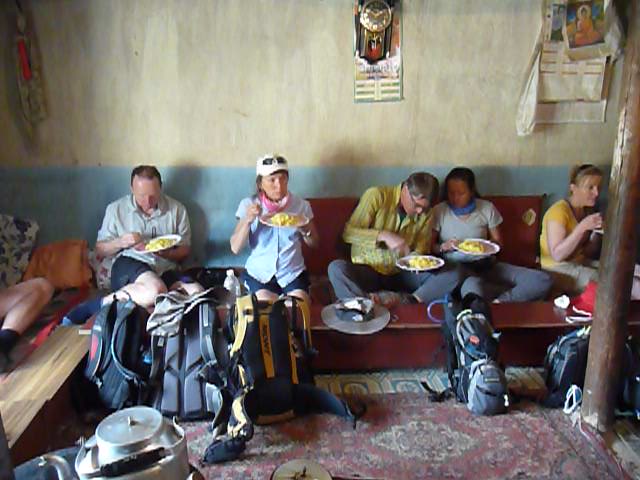
Local Lunch 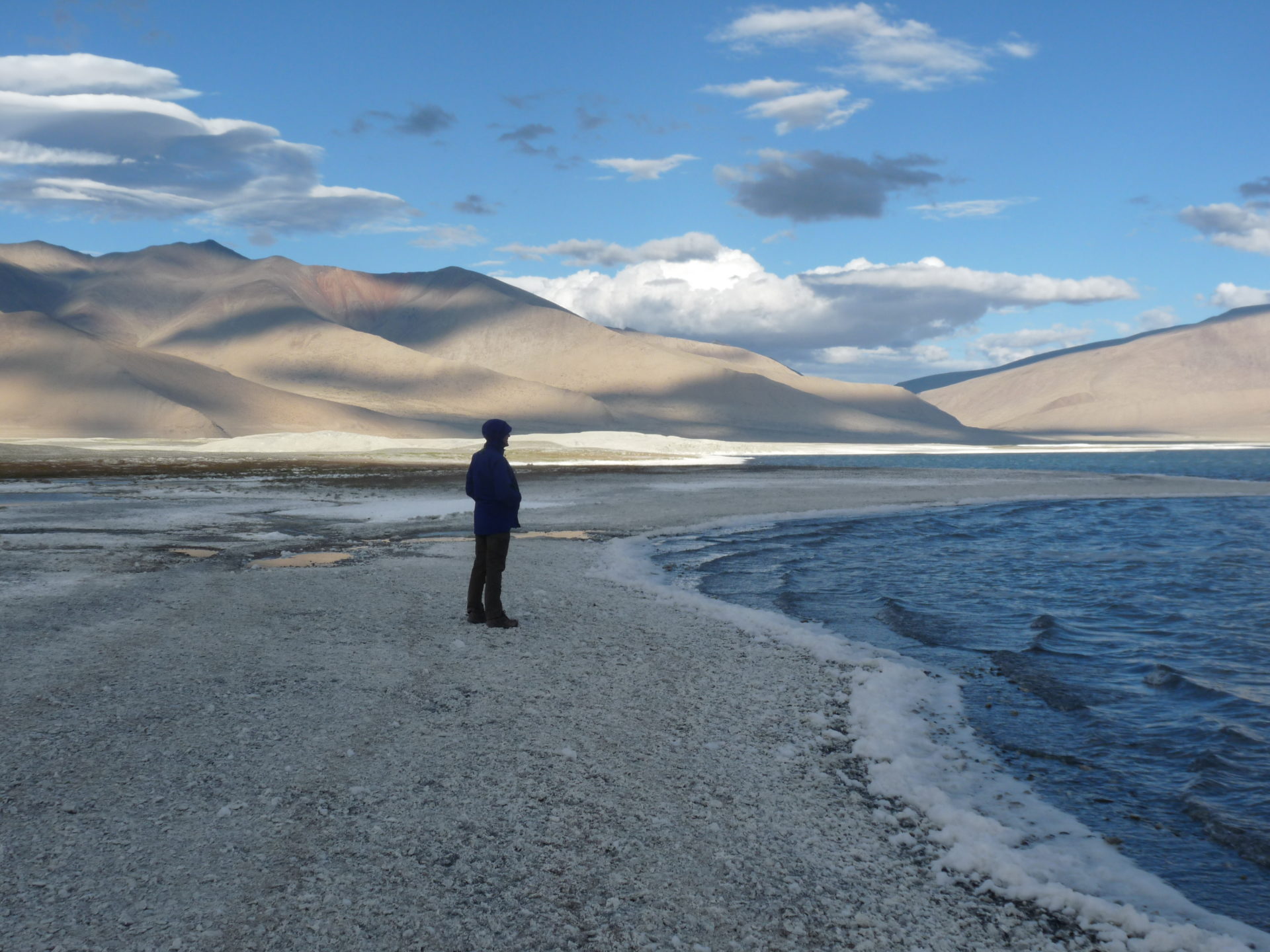
Tsokar Lake 
Leh 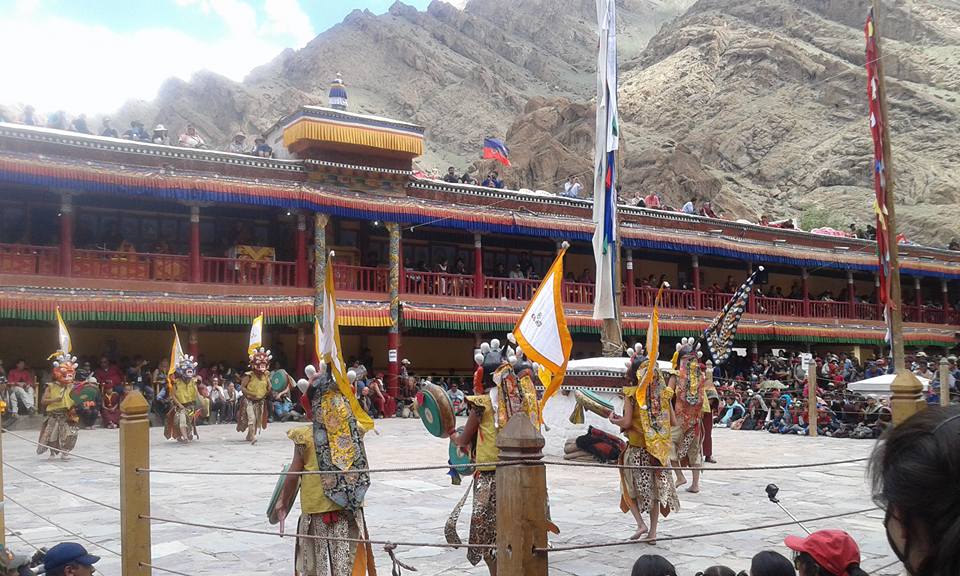
Festival in Hemis 
Monastery 
Shanti Stupa 
Leh Palace 
Buddha 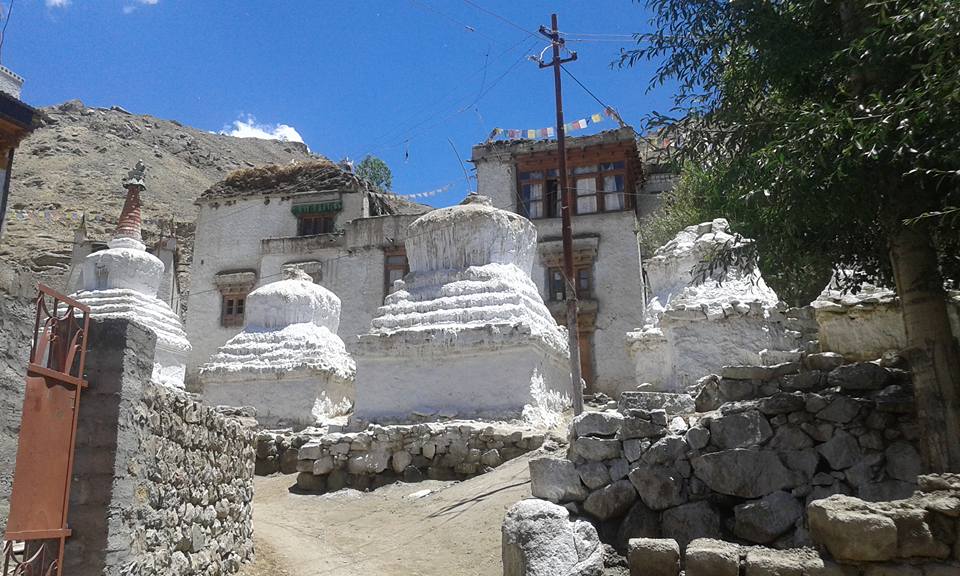
Leh 
Ladakh 
Monastery 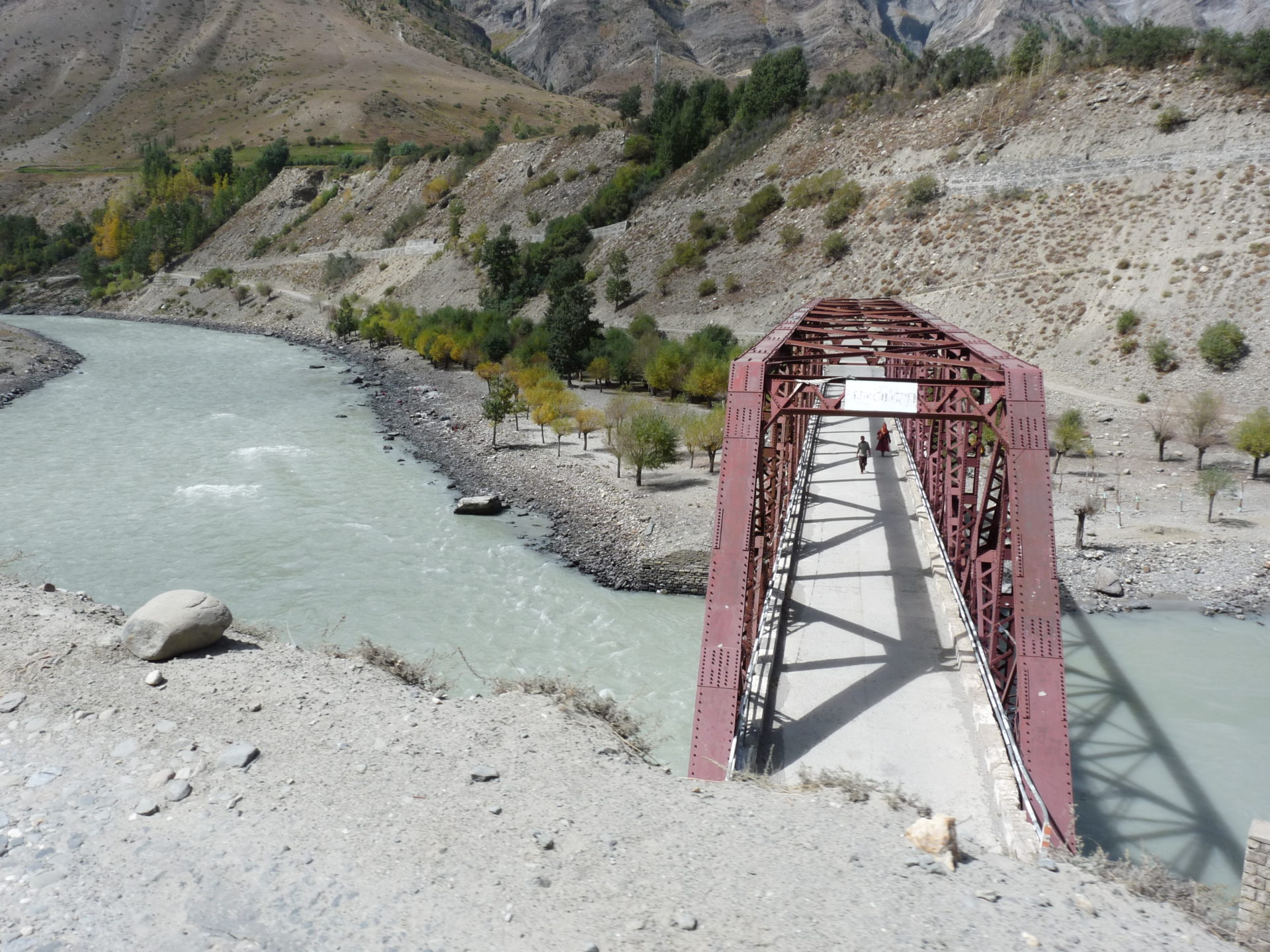
Lahaul 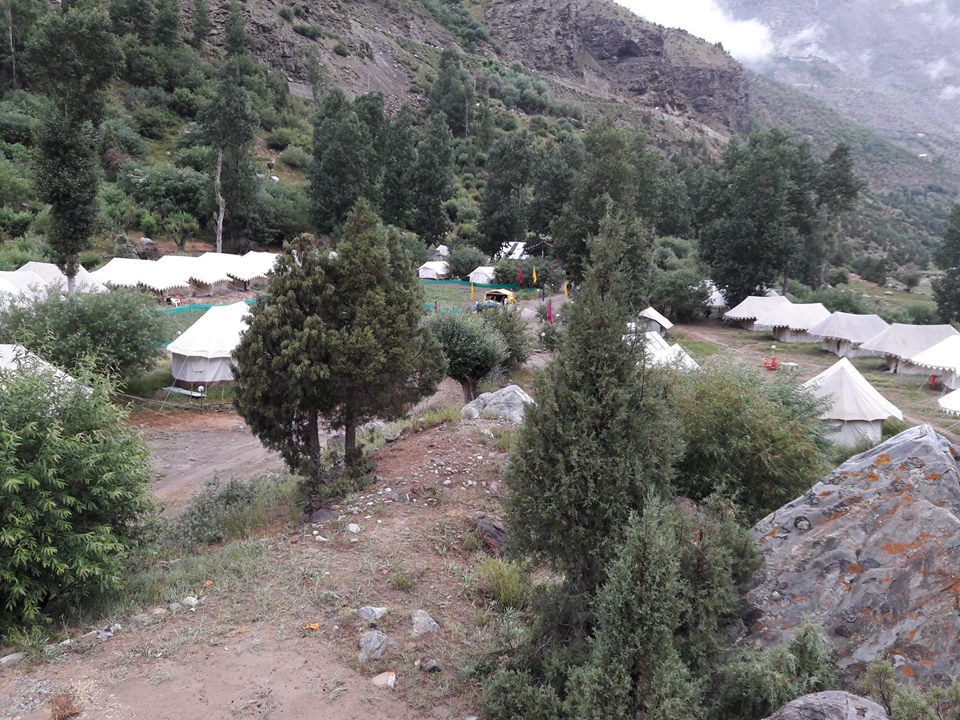
Sissu Camp 
Amritsar 
Mcleod Ganj 
Mcleod Ganj 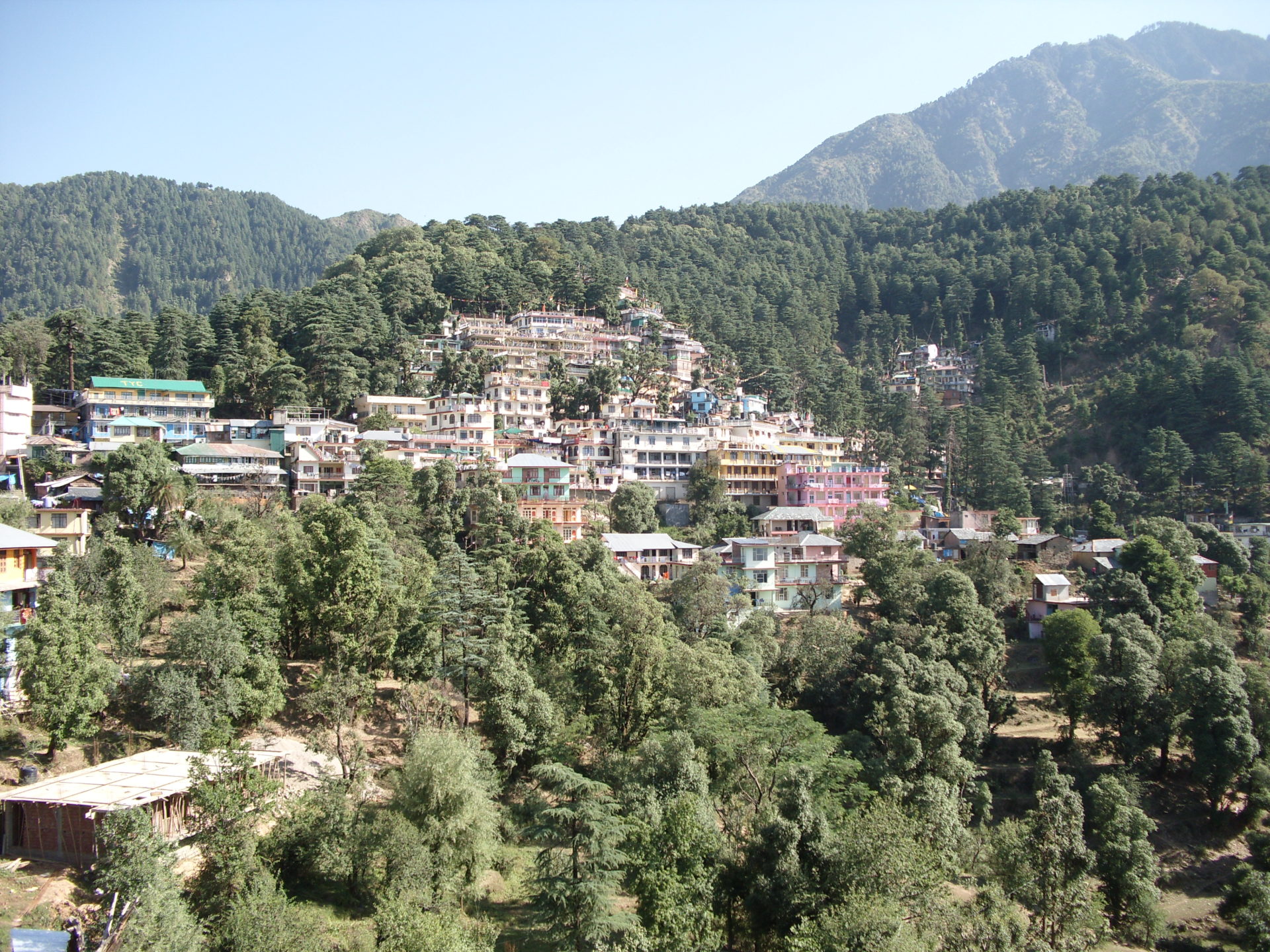
Mcleod Ganj 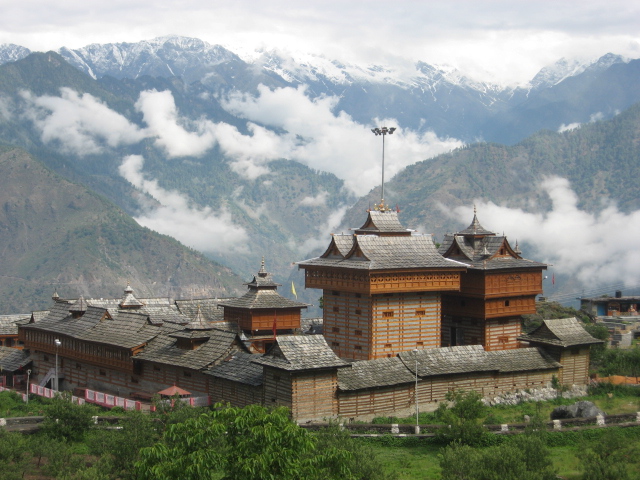
Saharan 
Kinnaur 
Tabo Monastery 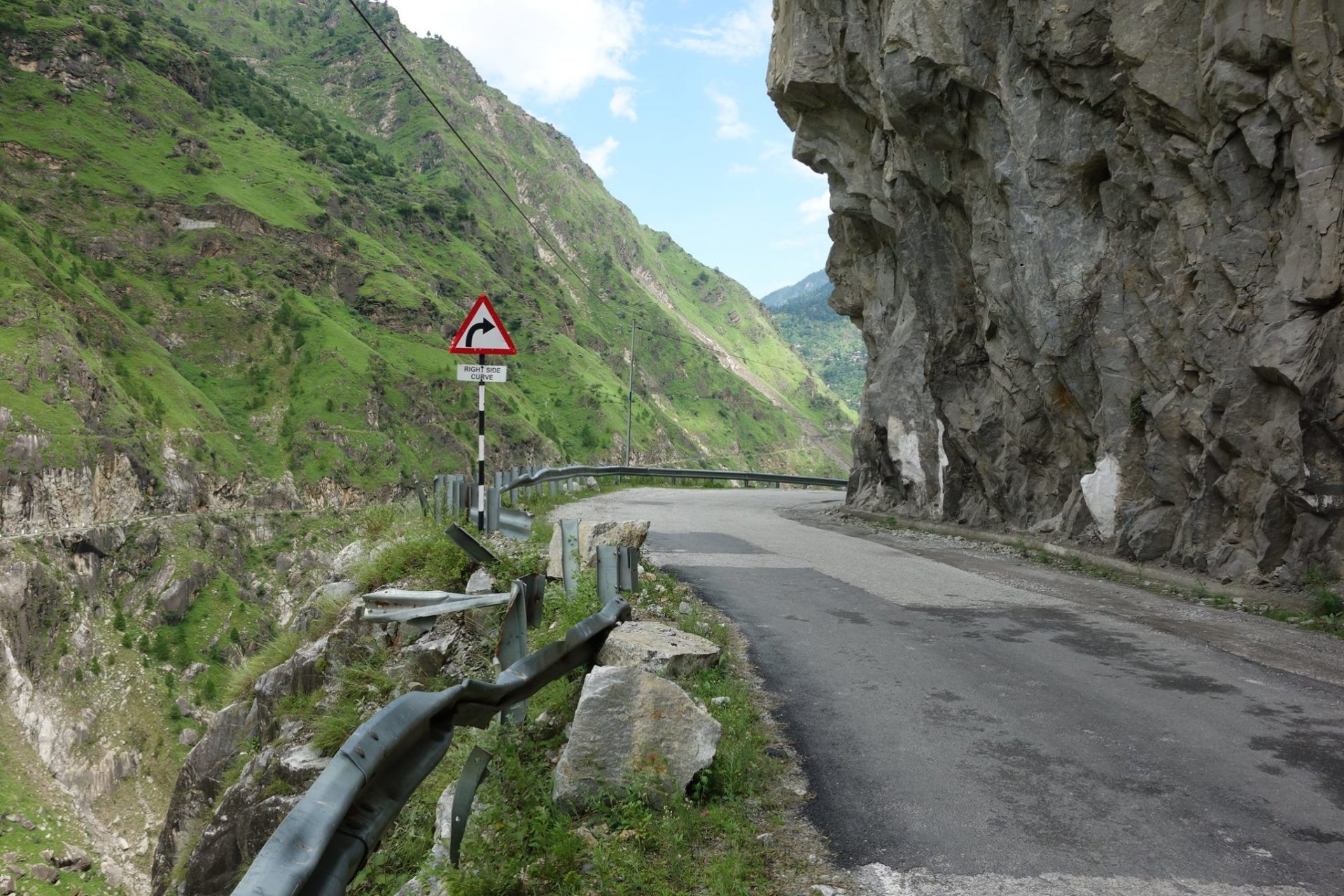
Kinnaur 
Ki Monastery 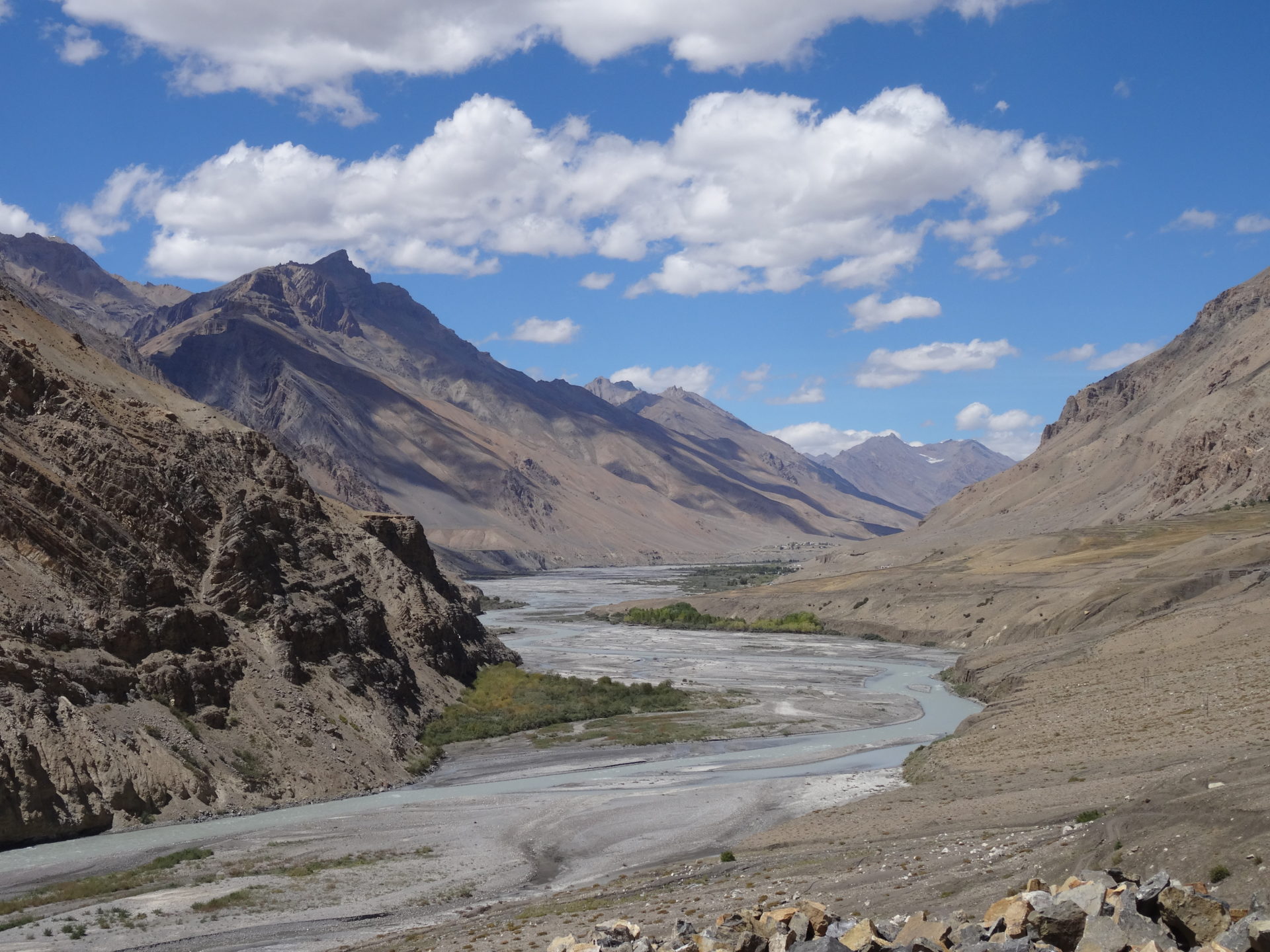
Spiti valley 
Chandra Tal Lake 
Spiti Village 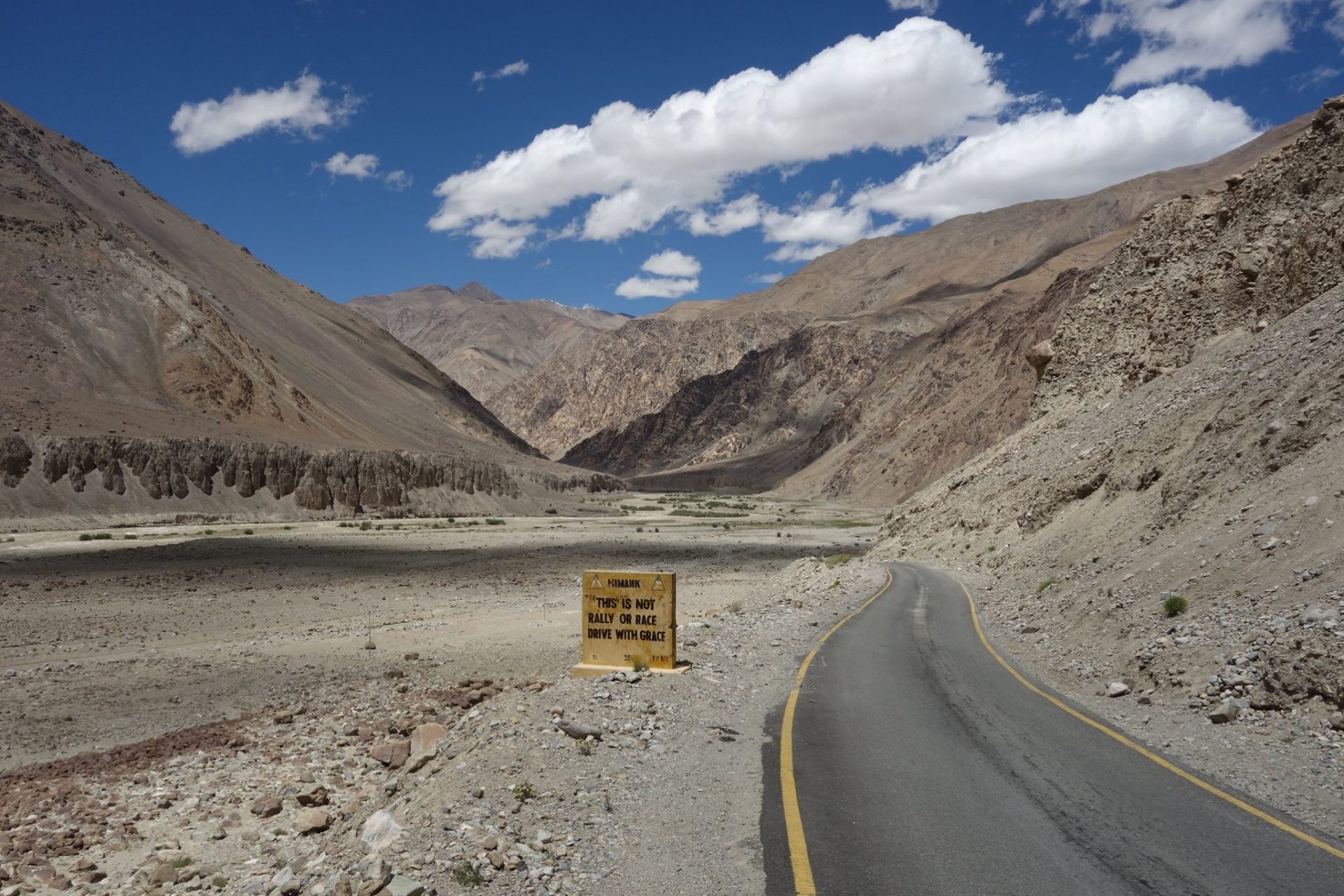
Manali Leh Highway 
Monks 
Prayerflags 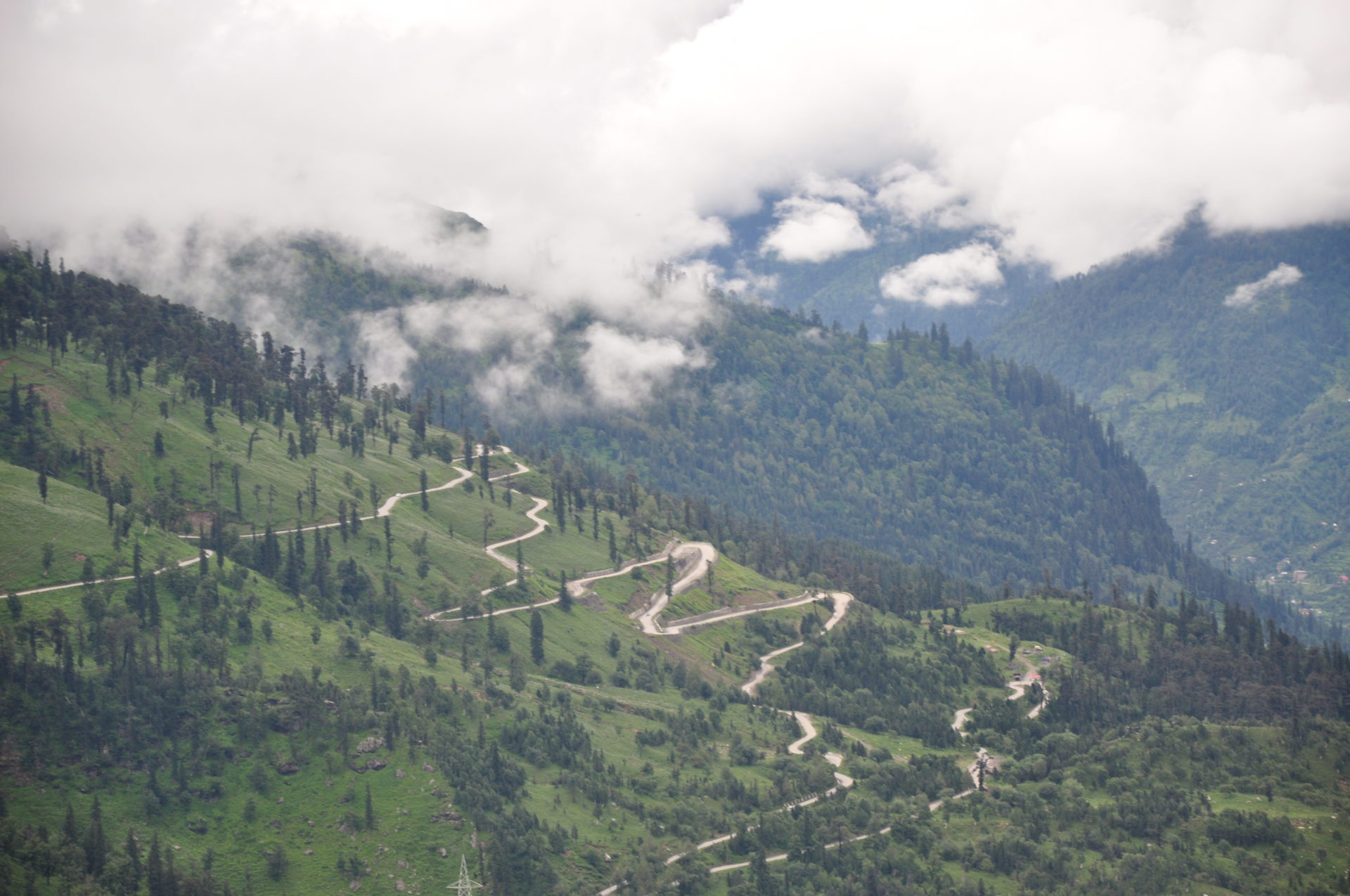
Rothang Pass
Prices and Dates
Diese Tour ist von Juni bis September möglich.
This tour is possible from June to September and can be altered according to your wishes
For 2 participants from 1800 € per person
Tour Info
Requirements
The tour goes up to over 5000 m altitude and depending on the individual acclimatization capacity, symptoms of altitude sickness, such as headaches and dizziness, can occur. Before you start your trip, consult your doctor about the medicationyou you need. Good seating is an advantage, as the distances can sometimes be quite long and bumpy.
Further Information
Region
We are located in the middle of the Himalayas in the Federal District of Himachal Pradesh and in Ladakh.
While the green Shimla district and parts of Kinnaur is relatively densely populated by predominantly Hindus, it is getting drier, higher and lonelier in the direction of Lahaul and Ladakh. The people in the high mountain desert are predominantly Buddhist and there are countless ancient monasteries that invite you to visit.
While in the southern area of Himachal, especially during the monsoon season, it can also rain heavily, rainfall in Lahaul and Ladakh is extremely rare. The temperatures range from 15 to 25 degrees Celsius during the day, at night it can get quite cold, even below freezing point.
Dangers
During the tour we are constantly in the mountains at an altitude between 2000 and 6000 meters.
Even if we take all measures on our mountain tours to prevent emergencies, dangers in the mountains can never be ruled out. Time and again there can be weather changes, landslides (especially during the monsoon season) or accidents and you should always be aware of this.
Due to climatic conditions or organisational reasons, we reserve the right to change the tours in the suburb as it is safest for all involved.
Accommodation
During the tour we stay in simple, clean local accommodations in the 2 to 3 star area. There will be on night in the Deluxe Tent with attached bathroom and dinner.
Meals are adapted to the local cuisine and mostly vegetarian.
-
5
Überschrift
Lorem ipsum dolor sit amet, consetetur sadipscing elitr, sed diam nonumy eirmod tempor invidunt ut labore et dolore magna aliquyam erat, sed diam voluptua.
